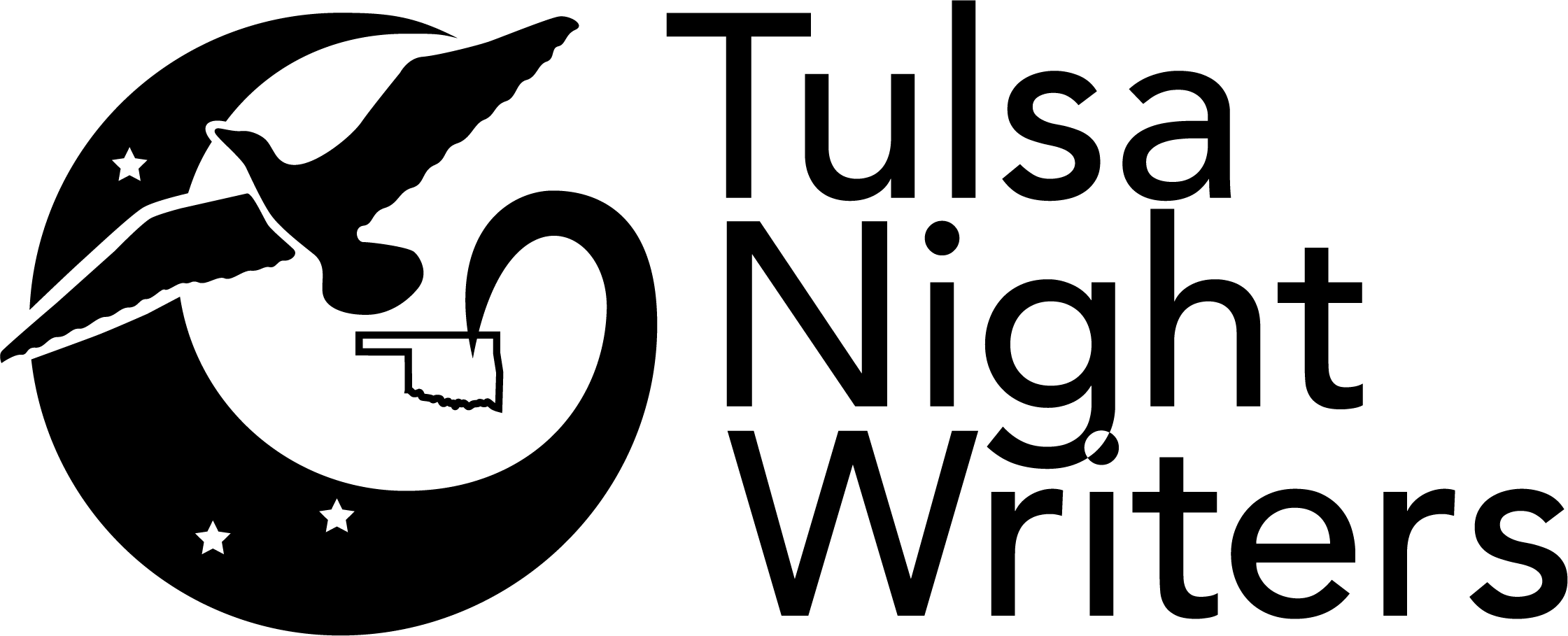
Enneagram for Characters
Kathryn Helstrom
Several months ago, I ran across a reference to developing characters using the enneagram. I had never heard of the Enneagram. Myers & Briggs personalities (all 16 of them) were familiar to me based on leadership training I had received in business and education. Then, I bought a little book, Enneagram Empowerment: Discover Your Personality Type and Unlock Your Potential. I opened it up and found a powerful tool for writing.
The Enneagram system of defining nine personality types works especially well for building your characters in your writing. It not only outlines the strengths and weaknesses of each type, but it also provides a path for improving (aka the character arc).
This system not only defines your characters but how they will interact with each other. It illustrates how each identity relates to the other eight dispositions—a perfect way to build antagonistic and sympathetic roles for the people in your story. It pairs both support and stressor personalities with every type. My little book gave examples of how the support and stressor types would cooperate with or work against individual characters.
I was surprised to find out that the Enneagram is nothing new. Its roots date back to the writings of a 4th-century Christian mystic, Evagrius Ponticus. He said there are eight “deadly thoughts” with an overarching “love of self,” and there are “remedies” for each. By the 20th century, other philosophers, mystics, and psychiatrists had revisited the nine deadly thoughts and created a highly interactive scheme for personality tests and methods for overcoming weaknesses and capitalizing on strengths.
Basically, there are nine characteristic roles. Each character has a specific “ego fixation,” such as vanity, vengeance, or cowardice. They each have a basic fear, desire, vice, and virtue. Within the nine roles, there are three dominant patterns: intellectual, emotional, or instinctual. The table for the Enneagram system is the dream worksheet for any author’s character development! You can find your character anywhere on this diagram, whether she has a certain fear or desire, a unique weakness or strength, or a particular kind of driving intellect. Then, using the Enneagram, you can determine how far along on the path of destruction or redemption she is at the beginning of the story. Then you can work out where you want her character arc to go based on the plot points of your story. I highly recommend you study up on the Enneagram system and see if it will help you develop the personalities in your story.

